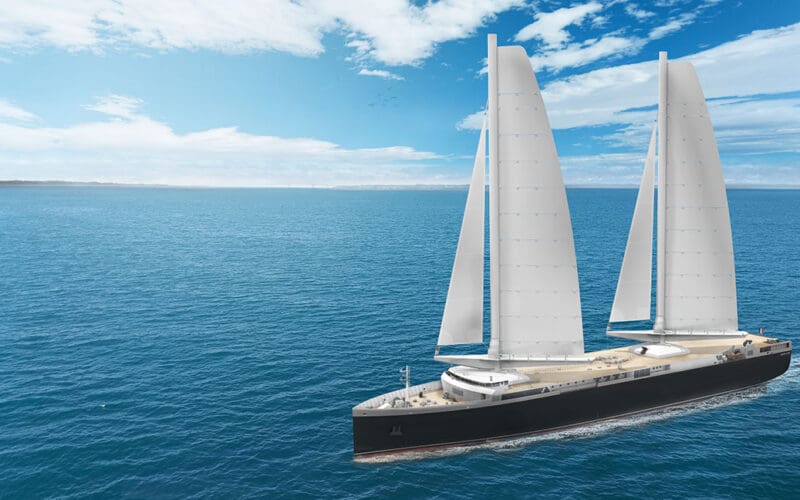 It took less than a century for steam-powered ships to replace sailing ships for cargo carrying. For a brief time the great clippers were fitted with engines but ultimately they couldn’t compete and disappeared by the end of the 19th century. At least in the Western world, trade has been carried on through engine-powered vessels ever since.
It took less than a century for steam-powered ships to replace sailing ships for cargo carrying. For a brief time the great clippers were fitted with engines but ultimately they couldn’t compete and disappeared by the end of the 19th century. At least in the Western world, trade has been carried on through engine-powered vessels ever since.
Now with concerns over climate change the carbon footprint of fossil fuels is coming under fire in shipping as it is in all sectors of transportation where engines are used. The International Maritime Organization’s updated mandatory carbon-reduction measures call for cutting the carbon intensity of all ships, new builds and existing, at least 40% by 2030 compared to their 2008 baseline. Some of this is being met by reducing and changing fuels. This is also leading a drive to return to the age of sail.
In a recent move, the French shipping company Neoline, formed a decade ago by merchant navy officers, has contracted with a construction firm to build its first sail-powered Ro-Ro, or roll on/roll off ship, to carry automobiles and other cargo on the trans-Atlantic route to Canada and the US. The company expects to begin a schedule of monthly departures from France in 2025. The 446-foot Neoliner will primarily be propelled by two solid sails with more than 32,000 square feet of sail area. The 250-foot masts are designed to rotate through 360 degrees and can tilt to a 70 degree angle to reduce their height when needed. Since it’s really a hybrid ship, the Neoliner will be supplemented with an auxiliary engine and generators fitted with exhaust scrubbers. The carrying capacity of about 320 cars is much less than the average Ro-Ro of 6,000 cars, but the sails are expected to reduce emissions by 80 to 90 percent versus conventional vessels.
Neoline’s goals are to demonstrate under real operational conditions the potential of main propulsion by wind for commercial shipping and to encourage the creation of an entire fleet powered by the force of the wind.

